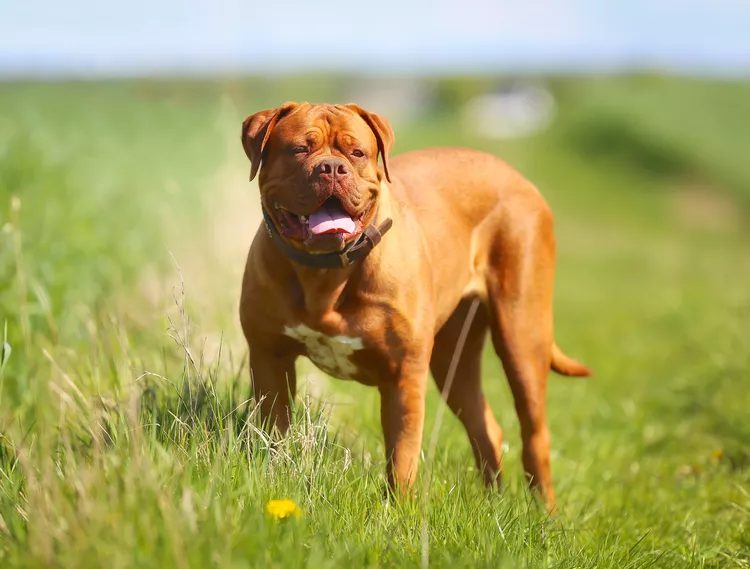
The Dogue de Bordeaux, also called the French mastiff, is a large French working dog that is gentle, quiet, and a great family dog. One of the oldest and rarest breeds in France, this mastiff is a muscular, stocky, and well-balanced dog with a massive head (the largest head in the dog kingdom).
This breed dates back to the middle ages in France where the dogs were used to hunt wild game. Despite their powerful appearance, the Dogue is quite gentle in demeanor. On the other hand, their intense loyalty makes the breed a highly effective guard dog.
Learn more about the Dogue de Bordeaux, including size, temperament, housing needs, and care tips.
GROUP: Working
HEIGHT: 23 to 27 inches at the shoulder
WEIGHT: 99 to 150 pounds
COAT: Short, soft
COAT COLOR: Various shades of fawn, ranging from light to dark red; small patches of white may be present
LIFE SPAN: 5 to 8 years
TEMPERAMENT: Devoted, even-tempered, vigilant, loyal, companionable
HYPOALLERGENIC: No
ORIGIN: France
The Dogue de Bordeaux has a strong temperament and is an excellent dog for most households. They can get along quite well with kids, but make sure to be careful when the dog is around small children. A giant dog is not always aware of their size. Overall, the Dogue de Bordeaux is an excellent choice if you want a large canine that makes a wonderful protector and companion.
The major differences between a French mastiff and a mastiff are that French mastiffs are slightly shorter, have a more protective personality, and require more grooming. French mastiffs can be more high-maintenance due to drooling. Both, however, make great family dogs.
Though the Dogue de Bordeaux did not become eligible for AKC registration until 2007, they are considered one of the oldest breeds in France. While their true origins are not completely clear, the Dogue is likely a relative of the bulldog and bullmastiff.
The Dogue was classically used to protect, herd cattle, hunt, and bull bait. The breed was historically found in wealthy French homes, but it endured many hardships and attempts at extinction throughout time.
In the 1960s, enthusiasts further developed the breed, leading to an increased popularity. The Dogue de Bordeaux is perhaps best known for the lovable role in the 1989 film Turner & Hooch, which starred Tom Hanks.
The Dogue de Bordeaux can have a strong instinct to chase smaller animals such as cats. The breed also may not tolerate another dog in the household, especially of the same sex. While socialization and training can help prevent problems, it may not be able to eliminate the risk.
The Dogue de Bordeaux is moderately energetic for their size and needs a proper outlet. This dog is not an apartment dog, as they need room to play and daily exercise. Along with training, adequate exercise, such as one long walk or a few shorter walks each day, totaling about 45 minutes is very important.
Fun activities for this dog include:
However, remember not to overdo it because this large breed dog may be prone to orthopedic problems. Walk the dog at a comfortable, not vigorous pace.
Additionally, the Dogue is a brachycephalic (short-nosed) breed that can possibly overheat or develop breathing issues. Make sure you have a firm understanding of your dog's endurance level. You won't be able to carry this mega-size dog home if they cannot make it through a walk on their own four paws.
The Dogue de Bordeaux has a very short, soft-hair coat that requires little attention. Occasional use of a grooming mitt or glove should be sufficient for coat care. Because of their giant size, a grooming routine should be established early on so your dog gets used to it.
The numerous skin folds on the Dogue's face and body do require routine cleaning to avoid irritation and infection. In addition to holding moisture, dirt and other debris could get into the folds, so keeping them clean and dry is imperative. You can use dog wipes and shampoos that are gentle yet effective.
Brushing your dog's teeth regularly (daily if possible) will help to prevent dental disease. Although the Dogue's nails may wear down naturally, check them periodically and trim the nails as needed. Your dog should only need bathing a couple of times per year—bathing them too often can lead to skin irritation.
To protect your Dogue’s skin from the sun’s harsh rays while spending time outside, use a dog sunscreen.
An untrained dog of this size can become utterly uncontrollable. A rigorous training program should be established as soon as possible after getting a Dogue. Socialization is equally important. This is, in part, due to the massive size of the breed.
Leash training is important to control your big, strong dog and keep them safe while outside. Your dog should walk next to you, without pulling, so you can remain in control at all times.
Positive reinforcement techniques are best for this breed, which can be stubborn and challenging to train at times.
The Dogue de Bordeaux typically has a shorter life than smaller dog breeds. There are some hereditary health problems that can occur in this breed. Responsible breeders strive to maintain the highest breed standards as established by kennel clubs like the AKC. Dogs bred by these standards are less likely to inherit health conditions. Pet parents can prevent some problems while puppies are growing by not over-exercising or overfeeding them so that they don't put on excessive weight.
Here are common health problems to watch for with the Dogue de Bordeaux breed:
Adult dogs need four to seven cups of dry food each day, which should be split into two meals. You will need to take care that your dog does not gulp down a large amount of food at once, as that increases the risk of bloat and stomach torsion. Feed the dog twice a day and don't allow free-feeding or exercise for one to two hours after a meal. Have clean, fresh water available.
This breed is prone to food allergies, especially wheat, and you may have to provide a special diet. Luckily, there are good-quality commercial large breed dog foods that are wheat-free.
These dogs can be expensive to feed, as an adult male will eat a 50-pound bag of dry food per month. Monitor your dog for weight gain and discuss any needed changes with your veterinarian in your pup's diet, feeding schedule, or exercise needs.
The breed is still rare in the United States and in its native country. It's unlikely you'll find a rescue, but not impossible. If you work with a breeder for a Dogue de Bordeaux puppy, expect to pay between $1,400 to $2,500, and a show-ready puppy could fetch up to a hefty $5,000.
The best places for you to start your search include the following:
The Dogue de Bordeaux is a big dog with a big heart. But they can be a lot of work when it comes to training and grooming. They can be loads of fun for an active family, and these loyal dogs will always be ready to protect you.
If you think the Dogue de Bordeaux is the right breed for you, do plenty of research before you get one. Ask for advice from veterinarians, Dogue de Bordeaux pet parents, breeders, and giant dog rescue groups.
If you’re interested in similar breeds, look into these to compare the pros and cons:
There’s a whole world of potential dog breeds out there—with a little research, you can find the right one to bring home.
Yes. The Dogue de Bordeaux makes a great family dog, as this is a very protective breed that acts as a guardian. They are patient, tolerant, and gentle with some training.
No, Dogue de Bordeaux do not bark much.
By nature, the Dogue de Bordeaux is a vigilant and fearless protector, but is by no means considered an aggressive breed. This giant dog will do what it takes to defend their family but is generally quite gentle and docile, and even goofy at times.
If you are interested in this breed, take note—this dog is a slobbery one. You'll probably want to carry a "drool rag" and duck for cover if they shake their head. That's likely because they are a brachycephalic (short-nosed) breed, and all those pushed-in wrinkles and jowly areas tend to collect saliva.
Giant dog breeds generally tend to have a shorter life span than small- to medium-sized dogs. Researchers aren't sure why that's so, other than that massive dogs "age" faster since they grow large very fast. But the Dogue's large body and deep chest seem to make the breed primarily prone to many heart issues that put their life at risk at an early age.
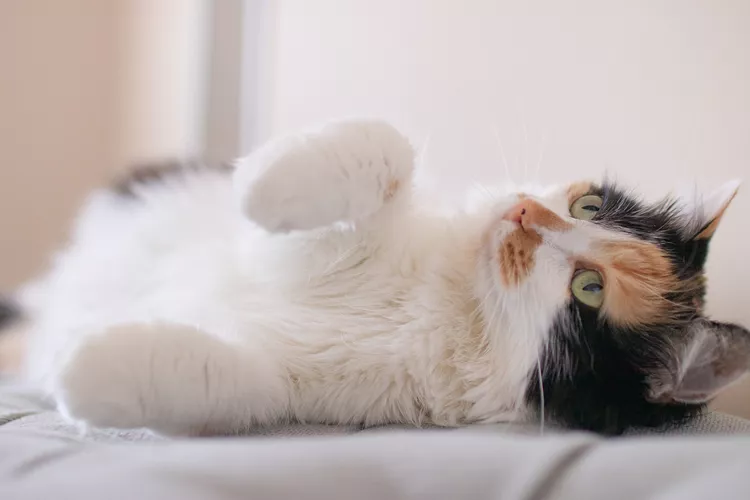
Cute Pictures & Facts About Calico Cats & Kittens
Learn fascinating facts about calico cats, including photos, the genetics behind this color combination, and common folklore and traditions.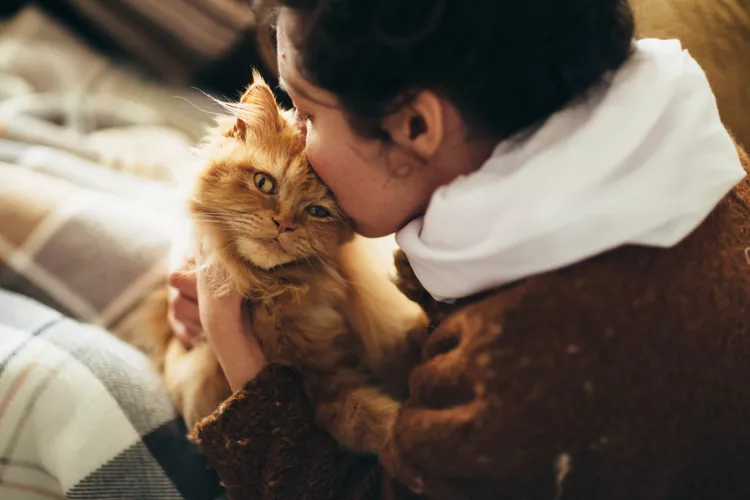
How to Prevent Cat Separation Anxiety During Vacations
Discover why cats develop litter box problems and cat behavior problems when you go on vacation and what you can do about it to help them.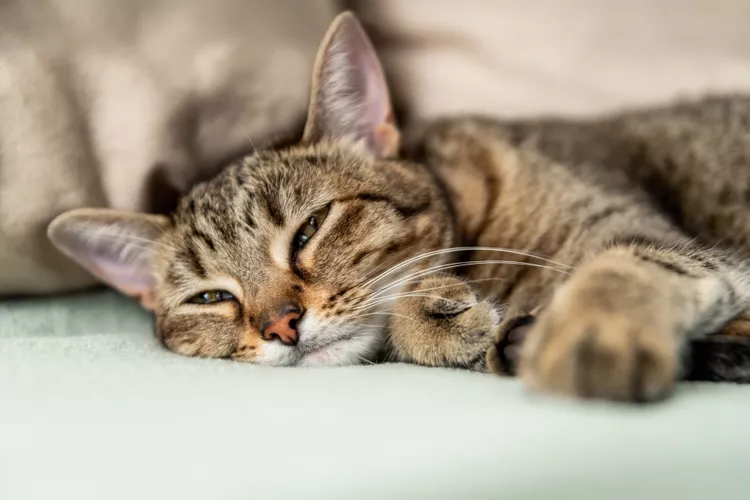
Cat Behavior Changes That Might Mean Something's Wrong
Cats' behavioral changes may indicate problems—or they may mean nothing at all. Explore causes of odd behavior and what to do about them.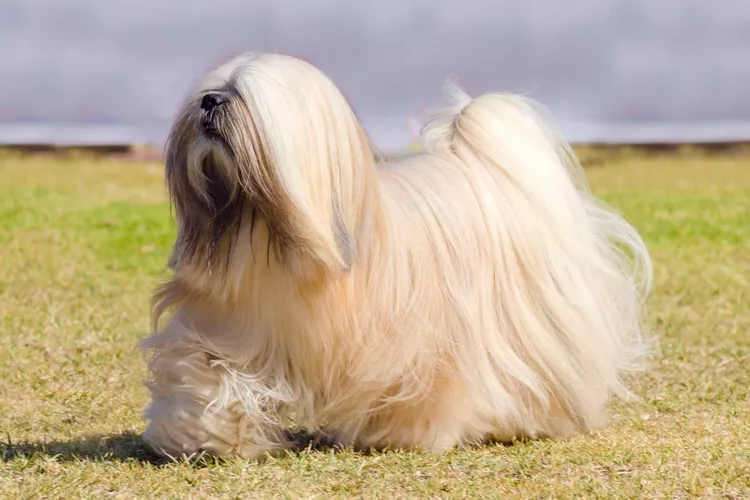
Lhasa Apso: Dog Breed Characteristics & Care
The Lhasa apso is an ancient breed from Tibet that was bred to be a watchdog. Learn about its history, health, exercise needs, and more.
Reasons Why Dogs Run Away and How to Stop It
Dogs can escape, especially if they’re bored and not properly contained. Here are some techniques for stopping your dog from running away.
Can Dogs Get Depression? How to Help Your Sad Dog
Can dogs get depression? Learn about the signs of depression in dogs and find out how to help your sad dog.
How to Stop Aggression in Dogs
Dog aggression can be a serious behavior issue for pet owners. Learn how to stop aggression in dogs before someone gets hurt.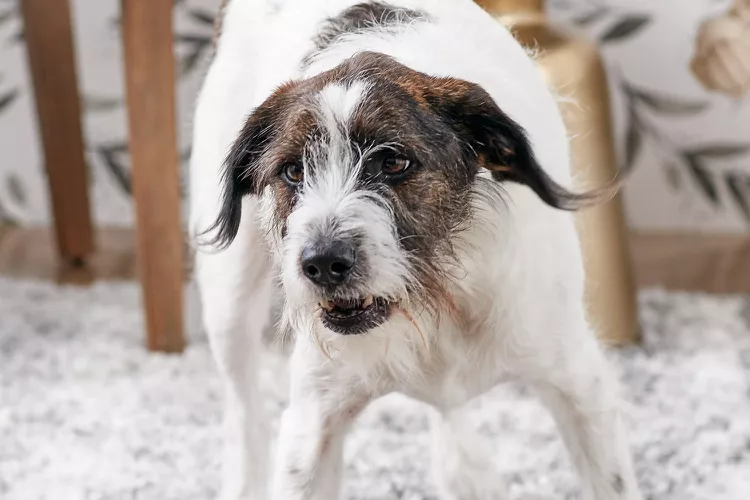
How to Stop Your Dog From Growling
A growling dog can soon become even more aggressive. Reduce the noise and potential for a dangerous situation with some of these techniques.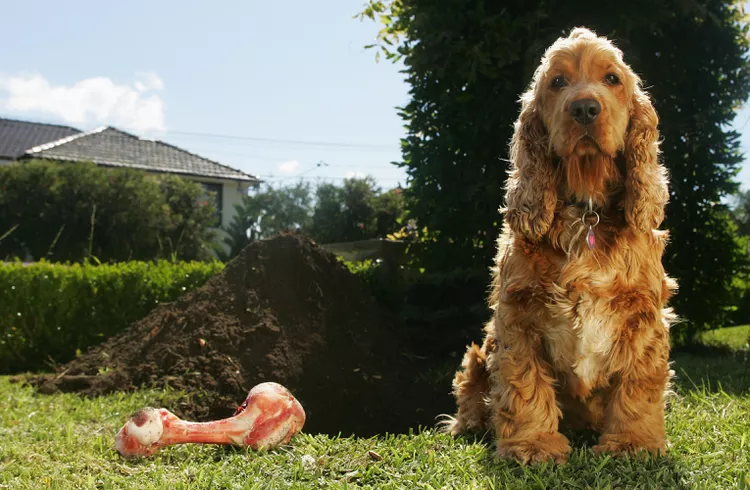
Why Do Dogs Dig Holes? How to Stop Your Dog from Relandscaping Your Yard
Dogs have been digging holes for centuries and for many reasons. Whether they’re bored or want to cool off in the dirt, here are the top reasons why dogs dig holes.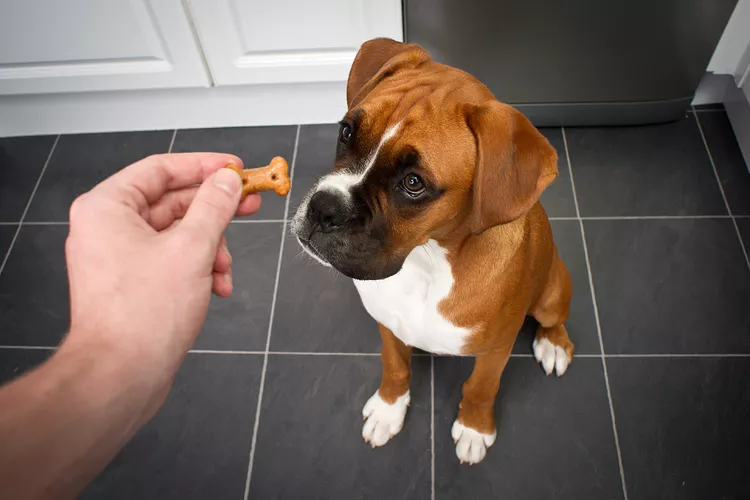
Dog Treat Varieties
Learn about the different types of dog treats on the market and decide which are best for your dog.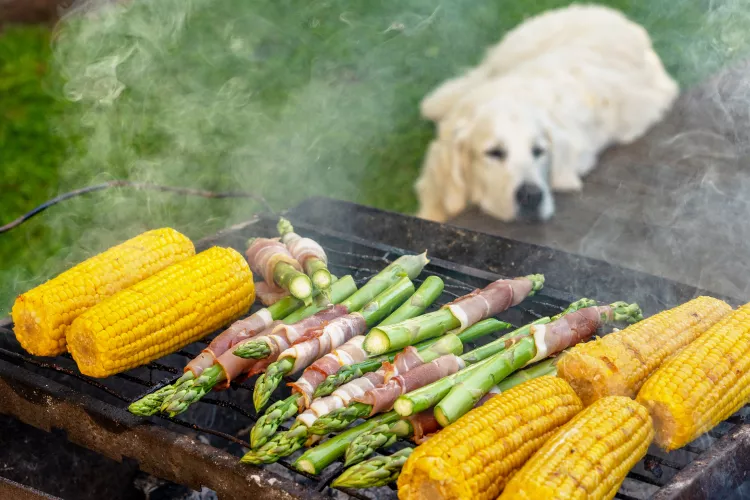
Can Dogs Eat Asparagus?
Dogs can eat asparagus, provided the vegetable is cooked plain and cut up for them. Seasonings, salt, and butter make it unhealthy for dogs.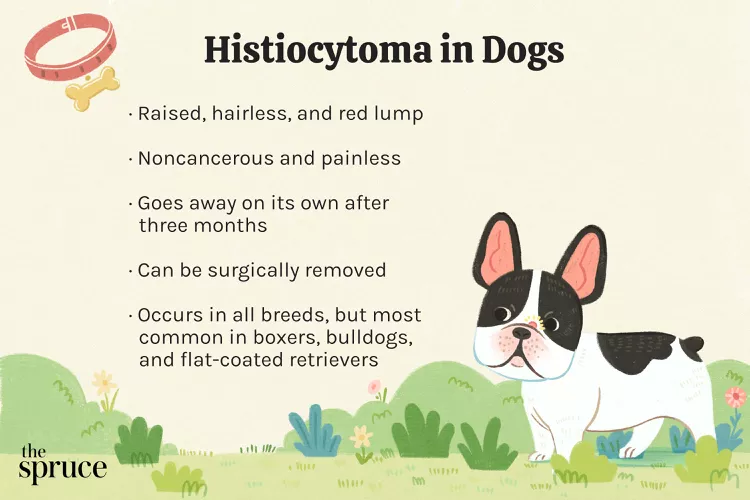
Histiocytomas in Dogs
A histiocytoma is a type of benign (non-cancerous) skin lump that usually affects young dogs. Learn the causes, treatment, and prevention.
Why Is My Dog’s Eye Swollen?
If your dog's eye is swollen, she may need veterinary attention. The inflammation could be caused by allergies, an injury, or even a tumor.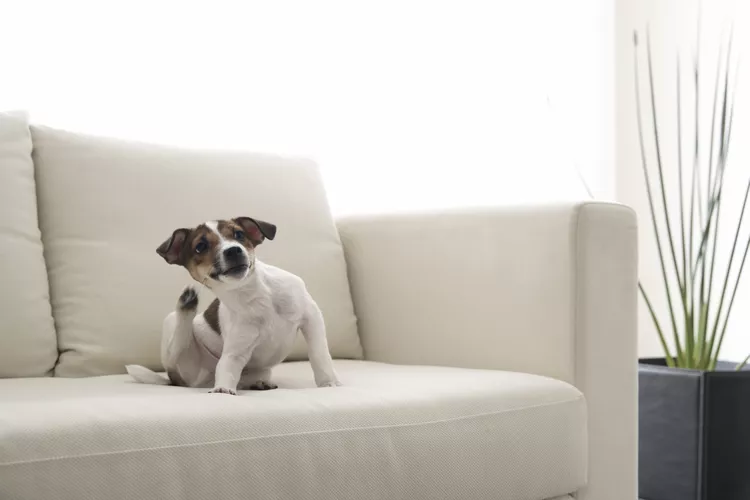
Common Bugs and Parasites Found on and Inside Dogs
Learn about common types of parasites in dogs. Find out how to treat and prevent parasites to keep your dog, your family, and yourself safe.
Exploring the Different Types of Pet-Friendly Beaches
Are you looking for pet-friendly beaches? Learn about the different types of pet-friendly beaches, their locations, and tips for visiting them with your pet.
10 Obscure, Little-known Canine Facts in Honor of National Dog Day
With National Dog Day upon us, it's time to celebrate everything about our favorite pets—even the weirder stuff. Here are 10 obscure facts about dogs you probably didn't know.
Kitten Development From 3 to 6 Months Old
Kittens grow and change a lot during their first year. Find out what happens between the ages of three months and six months old.
95 Siamese Cat Names
Our list of Siamese cat names has diverse and fun options to help you choose the ideal moniker for your elegant and lovable feline companion.
What to Buy for Your New Cat: A List of Essentials
Before you bring your new cat or kitten home, there are a number of things to collect or buy so your cat will feel welcomed like a family member.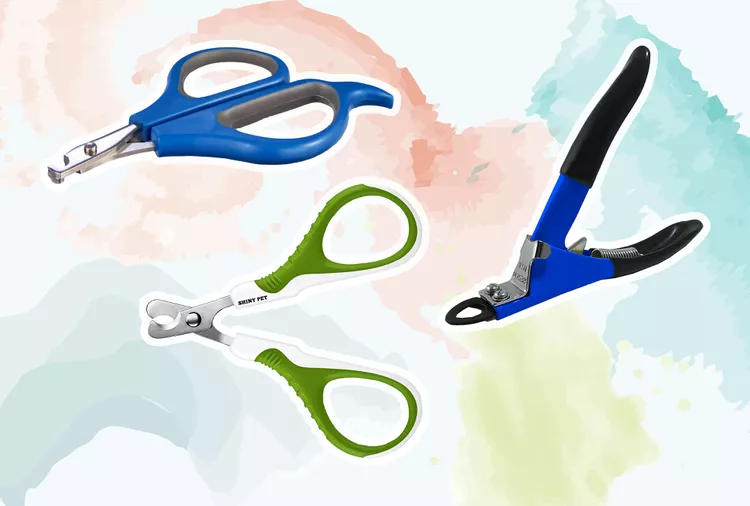
The 6 Best Cat Nail Clippers of 2024 for a Safe Trim
Clipping your cat's nails can save your furniture and keep your kitty comfortable. We asked veterinarians for their cat nail clipper recommendations.